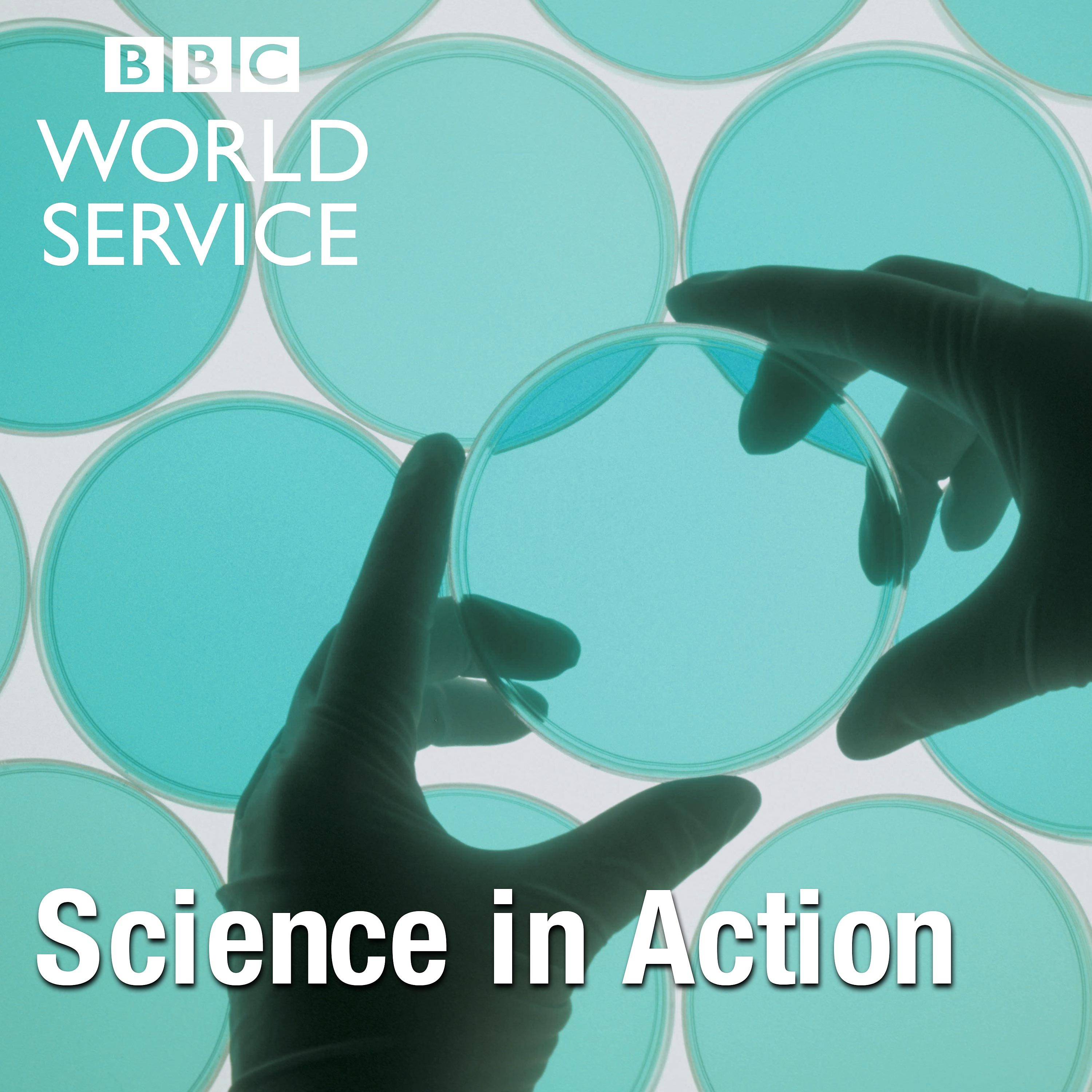Science on ice

Pull on an extra layer and stay toasty whilst Science in Action braces for a deep freeze. Whilst we know plenty about the ice on the Earth\u2019s poles, Roland is on a chilling journey to see what can be found in deep space. \n \nProfessor Christoph Salzmann and Professor Andrea Sella at University College London have produced a new phase of ice. Roland heads to the laboratory to see how the usual crystalline ice, found in ice cubes and icebergs, can be broken down and arranged into a new structure. \n \nThe James Webb Space Telescope has detected the coldest ices to date, deep within a molecular cloud in outer space. Professor Melissa McClure describes how these clouds harbour a variety of different molecules potentially capable of forming the basic building blocks for life. \n \nFrom the edges of the universe to something a little closer to home, Professor Geoff Collins and colleagues have discovered odd tectonic plate activity on icy Europa, one of Jupiter\u2019s moons. \n \nAnd a theory for the origin of life that may surprise you. Professor Philipp Holliger is trying to uncover whether ice played a role in our creation, acting as a medium capable of concentrating molecules and promoting the chemical reactions required for the generation of RNA, essential for cell protein production. \n \nPresenter: Roland Pease \nProducer: Harrison Lewis \nAssistant Producer: Sophie Ormiston
(Photo: Chunk of ice. Credit: Getty Images)